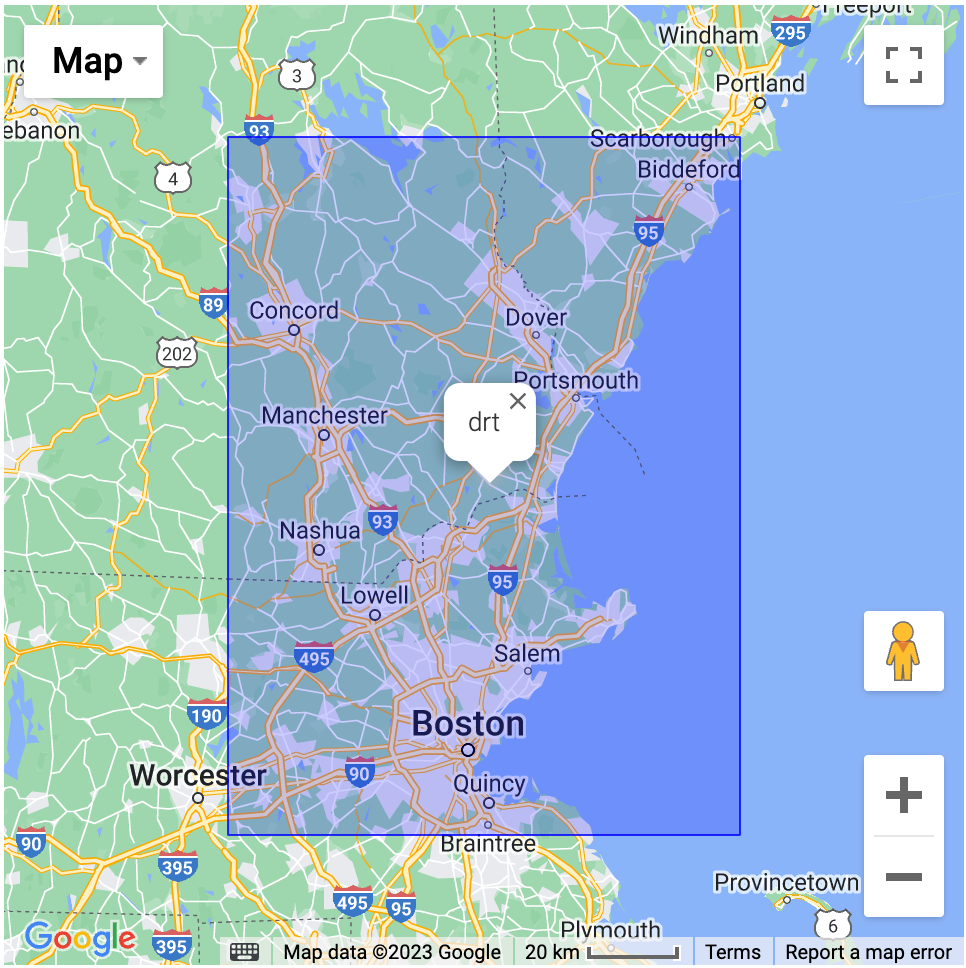Geospatial indexing, also known as geocoding, involves assigning latitude-longitude pairs to smaller geographical subdivisions. Data scientists utilize this technique for various purposes like analytics, feature-engineering, and AB testing. This post compares three popular geospatial indexing tools: Geohash, Google S2, and Uber H3. Each tool offers unique features catering to different geospatial data requirements.

Geospatial Indexing Explained: A Comparison of Geohash, S2, and H3
Geospatial indexing, or Geocoding, is the process of indexing latitude-longitude pairs to small subdivisions of geographical space. This technique is commonly employed by data scientists for analytics, feature-engineering, granular AB testing by geographic subdivision, and indexing geospatial databases. It brings richness to models and analyses by utilizing mathematical tools like space-filling curves, map projections, and tessellations.
Geohash
Geohash, invented in 2008, enables users to map latitude-longitude pairs to Geohash squares of arbitrary user-defined resolution. It uses a Z-order curve for indexing and equirectangular projection for map representation. While it has benefits, such as simplicity and preservation of spatial hierarchy, it also has shortcomings in preserving proximity and map projection distortions.
Google S2
Released in 2017, S2 utilizes a Hilbert curve and an unfolded cube projection to address the issues with Geohash. It provides better representation of physical distance and reduces size differences between cells.
Uber H3
Published in 2018, H3 uses hexagons and an icosahedron projection onto Earth. This tool simplifies operations related to hexagonal tessellation and provides consistent cell sizes, but sacrifices some spatial hierarchy and global space-filling curve properties.
When to Use Which Tool?
Geohash, S2, and H3 each have unique strengths and limitations. The choice of tool depends on the specific context and requirements. For example, Geohash is suitable for simplicity, while S2 might be preferred for better representation of physical distance. H3, with its hexagonal tessellation, is useful for consistent cell sizes and certain geographic contexts.
AI Solutions for Your Company
If you want to evolve your company with AI and stay competitive, consider using Geospatial Indexing Explained: A Comparison of Geohash, S2, and H3 to understand how AI can redefine your way of work. AI can be leveraged to identify automation opportunities, define KPIs, select AI solutions, implement gradually, and redefine sales processes and customer engagement. Connect with us at hello@itinai.com for AI KPI management advice and visit itinai.com to explore practical AI solutions.
List of Useful Links:
- AI Lab in Telegram @aiscrumbot – free consultation
- Geospatial Indexing Explained: A Comparison of Geohash, S2, and H3
- Towards Data Science – Medium
- Twitter – @itinaicom


























